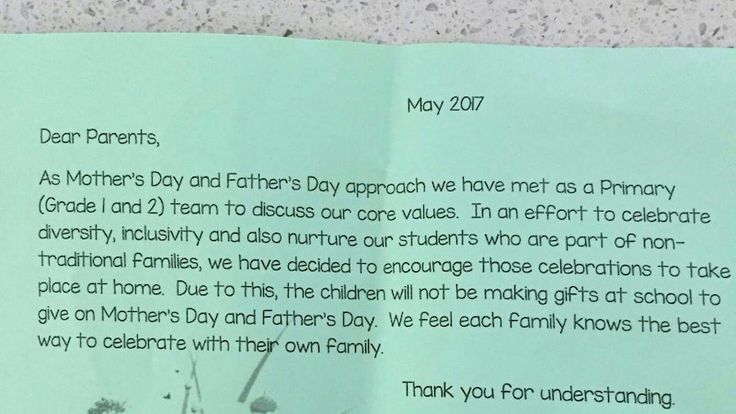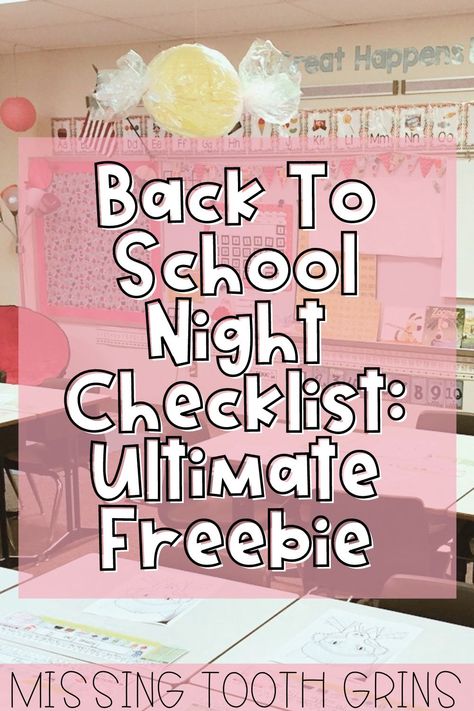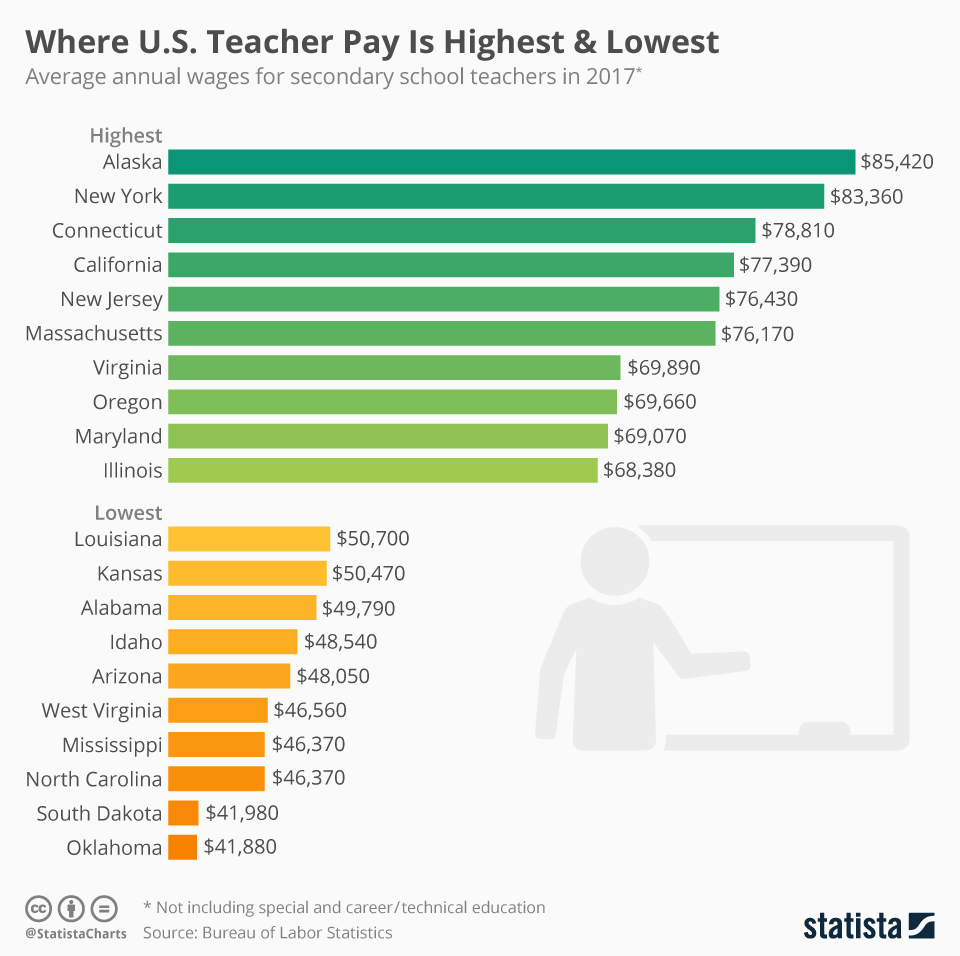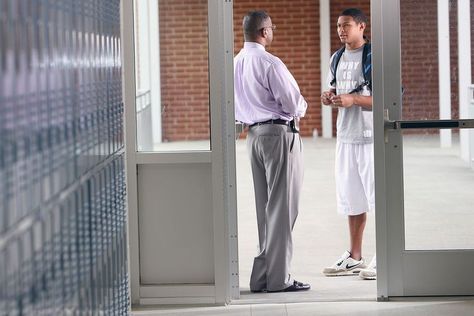Exciting news for all the dedicated and hardworking teachers out there – a chance to win over $20,000 in prizes! As a token of appreciation for the tireless efforts made by educators worldwide, this incredible contest aims to reward teachers with fantastic prizes that can be enjoyed both inside and outside the classroom.
Today, more than ever before, teachers play a vital role in shaping the future of our society. The tremendous work they put into their profession deserves recognition and celebration. This contest aims to do just that – and what better way to say thank you than with a share of $20,000 worth of rewards?
The contest is open to all current and retired teachers from public or private institutions globally. Participants must be able to provide proof of their teaching position or retirement status to be considered eligible.
Entering the contest is as simple as one, two, three. Follow these steps for your chance at winning some incredible prizes:
1. Register: Sign up using your email address at the contest’s official website.
2. Submit: Share your most impactful teaching moment or story, along with an optional photo showcasing you in action.
3. Share: Spread the word about this opportunity on social media and encourage your fellow educators to participate.
Once submissions close, an esteemed panel of judges will review all entries to select the prizewinners. The top three winners will receive cash prizes:
– 1st place: $10,000
– 2nd place: $5,000
– 3rd place: $2,500
In addition, ten lucky winners will be randomly selected to receive premium classroom supplies valued at $250 each! These could include teaching aids like interactive whiteboards or subscriptions to online resources – perfect tools for enhancing teaching experiences both in-person and virtually.
The excitement doesn’t end there! Engaging with us on social media by using specific hashtags throughout the contest period might earn you spot prizes, such as e-gift cards and subscription boxes.
Don’t miss this fantastic opportunity to reward yourself for your dedication to education. Alongside celebrating the teaching profession, this contest aims to create a supportive community of teachers who can connect and support each other in their quest to shape the future of education.
So, what are you waiting for? Register now for your chance to win a share of over $20,000 in prizes. We can’t wait to read your inspiring stories and celebrate your outstanding achievements together!











